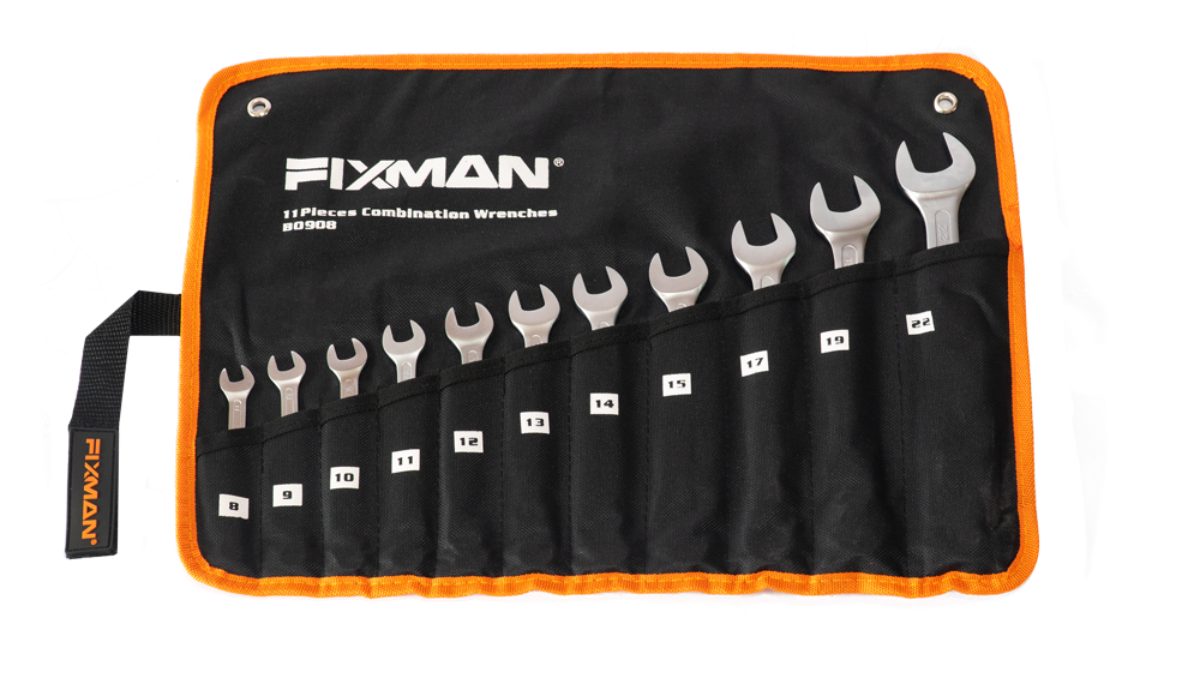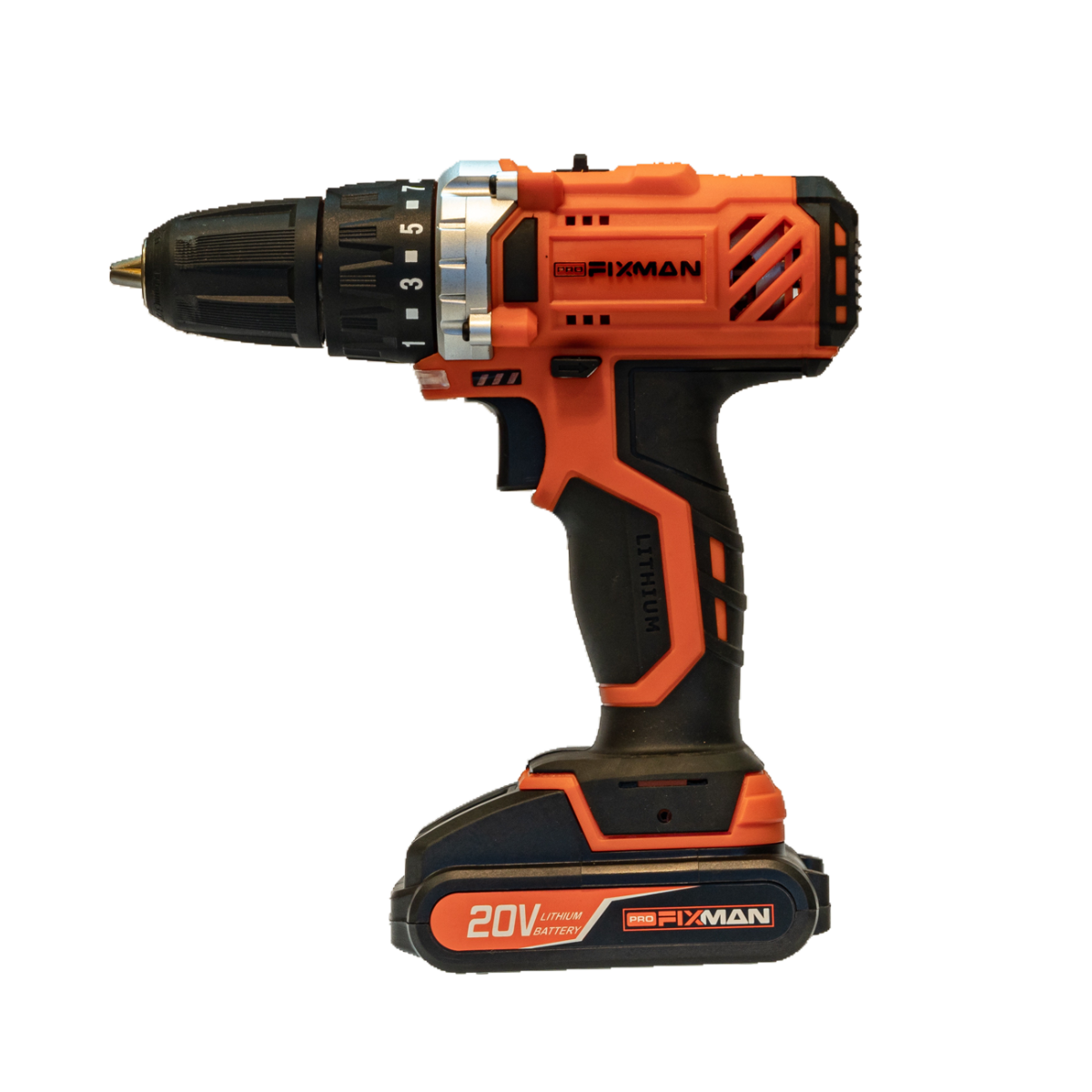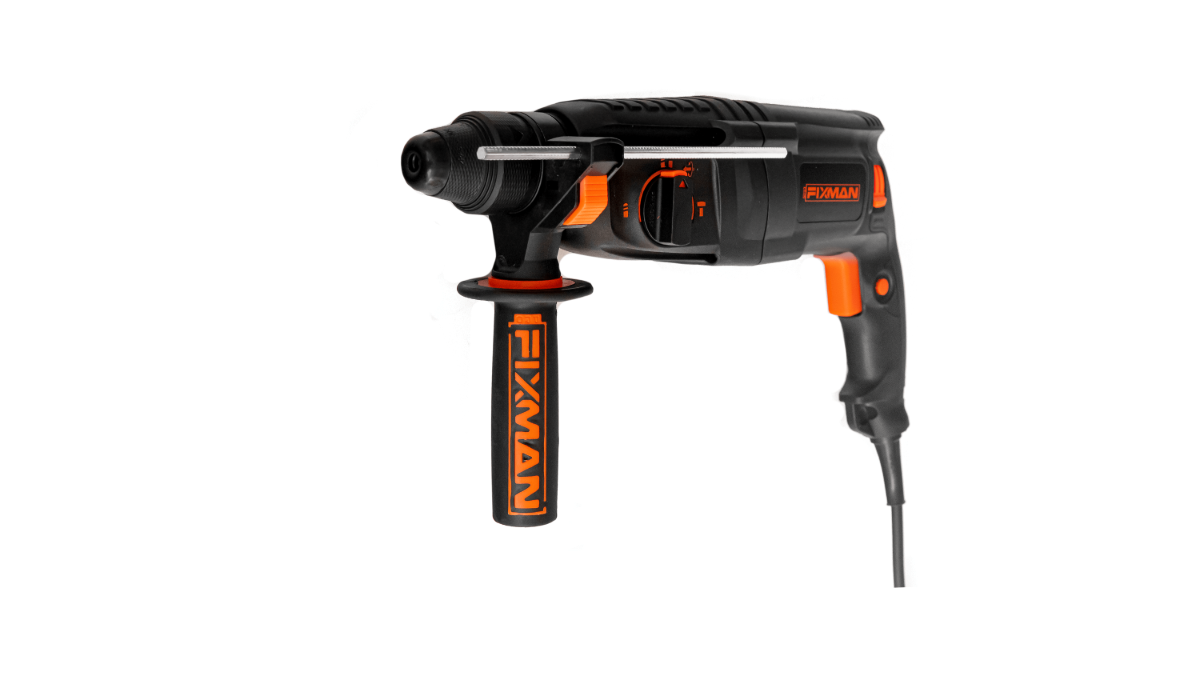16 Types of Wrenches and Their Uses
August 12, 2021
What are the different types of wrenches?
- Adjustable Wrench
- Allen Wrench
- Combination Wrench
- Socket Wrench
- Box-ended Wrench
- Crowfoot Wrench
- Impact Wrench
- Lug Wrench
- Oil Filter Wrench
- Open-ended Wrench
- Pipe Wrench
- Torque Wrench
- Basin Wrench
- Cone Wrench
- Dog Bone Wrench
- Hammer Wrench
Most people would have seen and even used a handful of wrenches in their life. As a homeowner or hobbyist, you probably own a few of your own. However, many are unaware that there are over thirty different variations — all designed with a specific job in mind. On top of the standard forms, there are other types of wrenches on the market. In this post, we’ll show some common and uncommon wrenches and their uses.
Adjustable Wrench
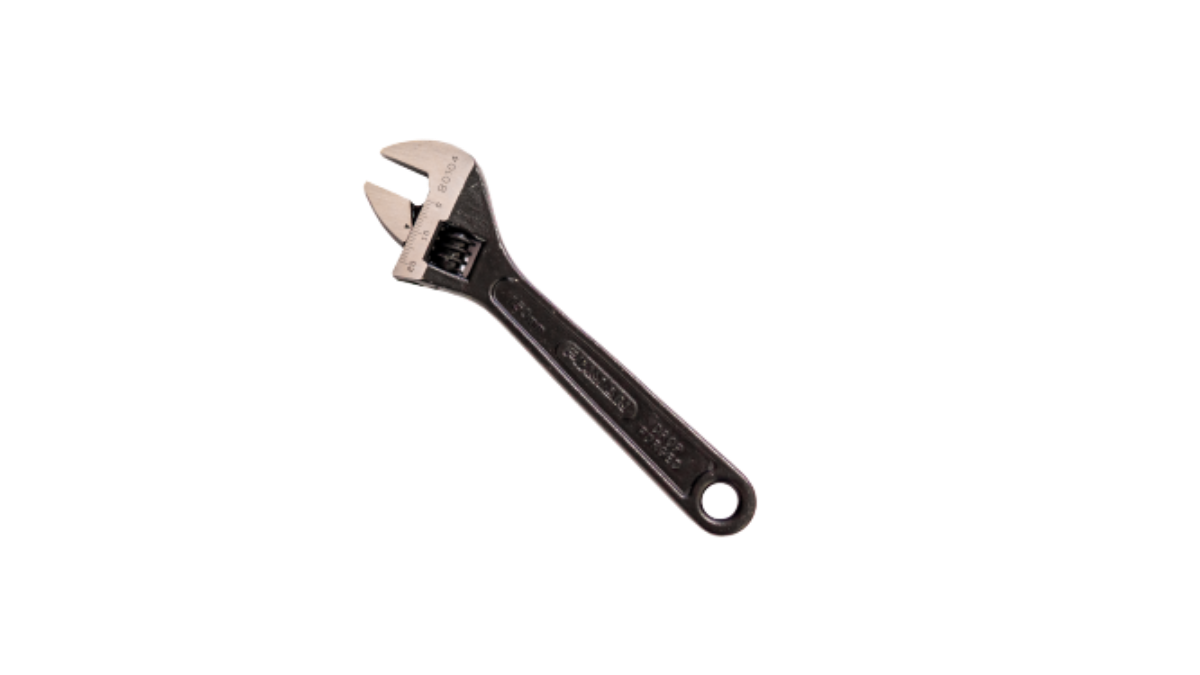
Also known as a crescent wrench, this type is one of the most popular wrench options due to its versatility. The wrench ends are shaped as crescents — hence the name — and can adjust to the screw you are working on. This type can perform all the functions of a fixed wrench, without needing a set of different sizes.
Allen Wrench
Allen wrenches are smaller pieces of metal that are usually L-shaped or T-shaped. These wrenches often come in sets, and the head of the wrench is shaped to fit into the hexagonal holes or recesses of bolts. This allows it to turn small screws or bolts. As such, they operate in a similar fashion to screwdrivers.
Combination Wrench
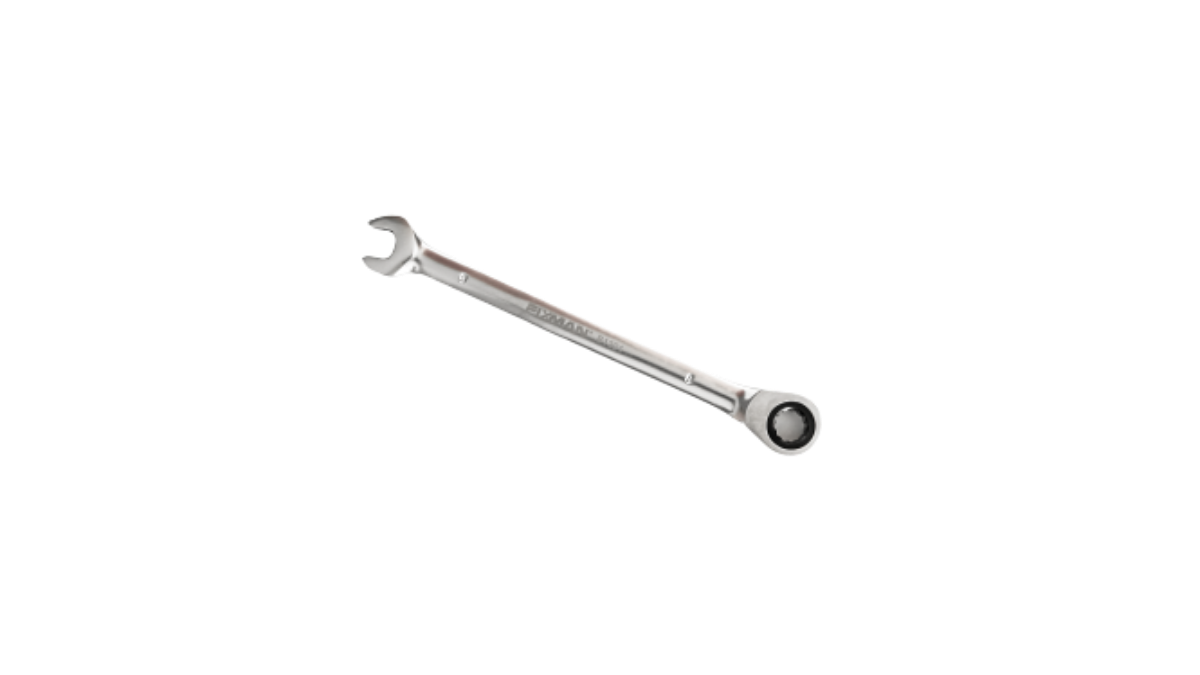
Another common wrench in most household tool boxes, these wrenches have two usable ends — one is crescent-shaped, while the other is a closed circle. The crescent side is used to unscrew nuts quickly, while the closed end is designed to loosen stuck nuts. They are also often sold in sets of different sizes.
Socket Wrench
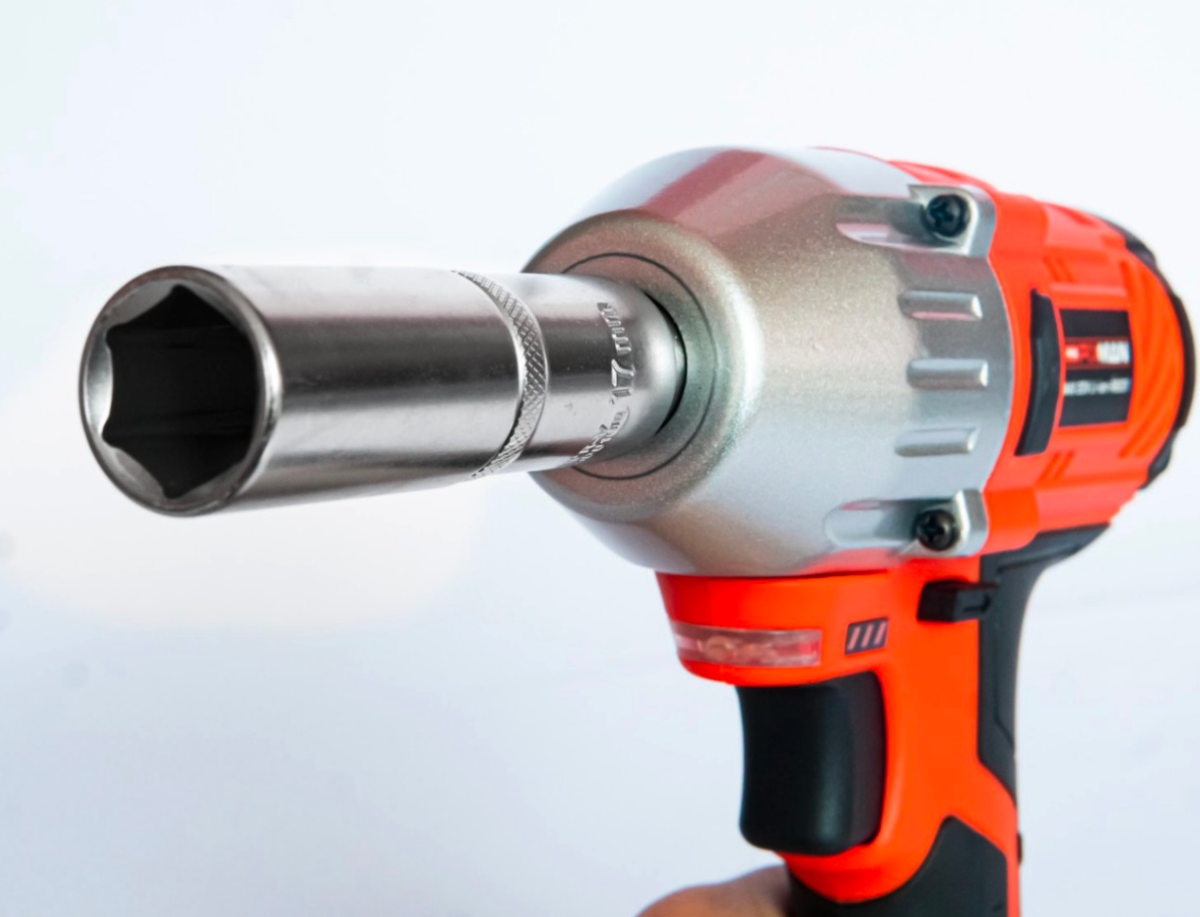
Socket wrenches are also common and are also used for turning nuts. This type has two components — an in-built joint that fits over a nut, and a detachable handle. Unlike with other wrenches, a socket wrench doesn’t need to be removed completely from the nut or bolt after each turn — instead, its handle can be removed and reinserted into the socket to start the next turn. Some models don’t require this, and their mechanisms allow the user to simply turn the handle back to the starting point without having to remove it.
Box-ended Wrench
Like the combination wrench, the box-ended wrench has two usable ends. Though this type has a closed circle shape at both ends, and at different sizes from the other. This wrench is designed for turning hexagonal or square bolts of multiple dimensions. It also is usually sold in sets of varying sizes.
Crowfoot Wrench
This type is a bit smaller than most other wrenches. A crowfoot wrench also does not come with a handle attached. Instead, it needs to be attached to a ratchet handle. This design allows the crowfoot heads to fit into tight spaces. So, this wrench type works best with hard-to-reach bolts and nuts.
Impact Wrench

Unlike the other types discussed so far, this wrench is pneumatic — it is attached to an air compressor or rechargeable battery. These attachments provide extra wrenching power for larger nuts and bolts. This type is also more expensive than most wrenches, as there are more components involved in their body.
Lug Wrench
A lug wrench comes in L-shaped or X-shaped bodies. Each limb has a closed shape at the end and the opening is designed to grip lug nuts. These wrenches are used for turning lug nuts on vehicles. This is commonly found in mechanic tool boxes or the car trunk and is used when you want to remove or replace a tire on a car.
Oil Filter Wrench
The design of an oil filter wrench is a bit different — it features a chain and metal strap instead of a traditional metal crescent. This chain and strap are used to loop around an oil filter casing and protect the integrity of the container. This wrench is commonly used in the automotive industry, and they vary widely in shape and size. They are often unique to the car brand or model it is meant to be used on.
Open-ended Wrench
Another common household wrench featuring two usable ends. Both ends are open, with one side slightly larger than the other. They are meant to wrench nuts and bolts of different dimensions. They are also small and light enough to be used for hard-to-reach areas.
Pipe Wrench
This type is much bigger and sturdier than other options on the market. Its name comes from being used for fastening or dismantling metal pipes and fittings. The jaw of the wrench is also adjustable, making it suitable for jobs with varying part sizes. However, this tool is quite heavy, making it prone to scratching metal materials. So usually this wrench is used for interior jobs, where these flaws will not be visible in the final product.
Torque Wrench
These wrenches have a special mechanism that allows the user to apply a certain amount of torque to a nut or bolt, without over-tightening the piece. A torque wrench can be used for numerous applications, such as servicing the nuts and bolts on bikes, or even in farming machines. It is suitable for components that require specific torque as specified by machine and vehicle manufacturers.
Basin Wrench
This type is an odd-looking tool that most would not even peg as a wrench at all. It has a T-shaped handle attached to a long rod, and a curved, S-shaped jaw attached at the bottom. This shape is designed to reach fixtures under toilets and sinks. Because of its specific shape, it can’t be used for any other purpose.
Cone Wrench
The cone wrench is a flatter version of the open-ended wrench. The rest of the cone wrench’s design is similar, so it ends up working similarly to the open-ended wrench. However, its flat shape makes it suited for wide nuts and bolts. As such, it is commonly used when working on bikes and home appliances (like washing machines). It can also be used for projects where one needs to apply gentle pressure, and where ordinary wrenches would be too thick to use.
Dog Bone Wrench
The shape of this wrench is where its name comes from. It is also sometimes called a dumbbell wrench for the same reason. This shape is made for bike maintenance tasks, as it can fit into tight spaces easily and work with smaller and slimmer pieces. Each end is equipped with multiple and varying socket sizes, making it a versatile tool as well. This leads to it being a preferred wrench for bike hobbyists.
Hammer Wrench
This one is a very short and stubby variation of a wrench. It has a flat end on its head that is meant to be hit with a hammer when fastened on a nut or bolt. This transmits a higher amount of force used to tighten the piece, or for rusted parts that require more effort to loosen.
Key Takeaway
As you can see, there are numerous types of wrenches, and each has a specific task that it is designed to tackle. When preparing for your project, you should consider whether the wrenches you have on hand are suitable for the job, or if you need to add to your tool collection.
If you’re looking to expand your equipment set, check out Fixman Tools’ selection. With our wide range and excellent products, you’re sure to find the perfect tool for your next job!



